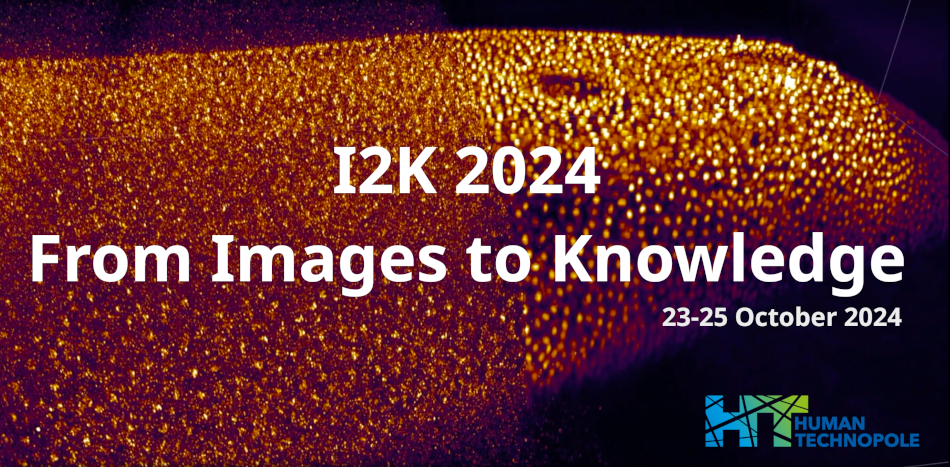Speaker
Description
As the field of biological imaging matures from pure phenotypic observation to machine-assisted quantitative analysis, the importance of multidisciplinary collaboration has never been higher. From software engineers to network architects to deep learning experts to optics/imaging specialists, the list of professionals required to generate, store, and analyze imaging data sets of exponentially increasing size and complexity is likewise growing. Unfortunately, the initial training of these experts in disparate fields (computer science, physics, biology) promotes the development of information silos that lack of a common parlance to facilitate collaboration. Here, we present the perspective of a two-person light microscopy core facility associated with the US National Institutes of Health (NIH), the Twinbrook Imaging Facility. The multidisciplinary education of our team members (biology, microscopy, and image analysis), along with our unique funding structure (a fixed budget rather than a fee-for-service model), allows us to develop long-term and productive collaborations with subject matter experts while promoting the exchange of important ideas. We highlight recent and ongoing projects at the facility that demonstrate the importance of skills diversity in core facility staffing.
| Authors | Maria Traver*, Joseph Brzostowski |
|---|---|
| Keywords | light microscopy, core facility, image analysis, biological imaging |

